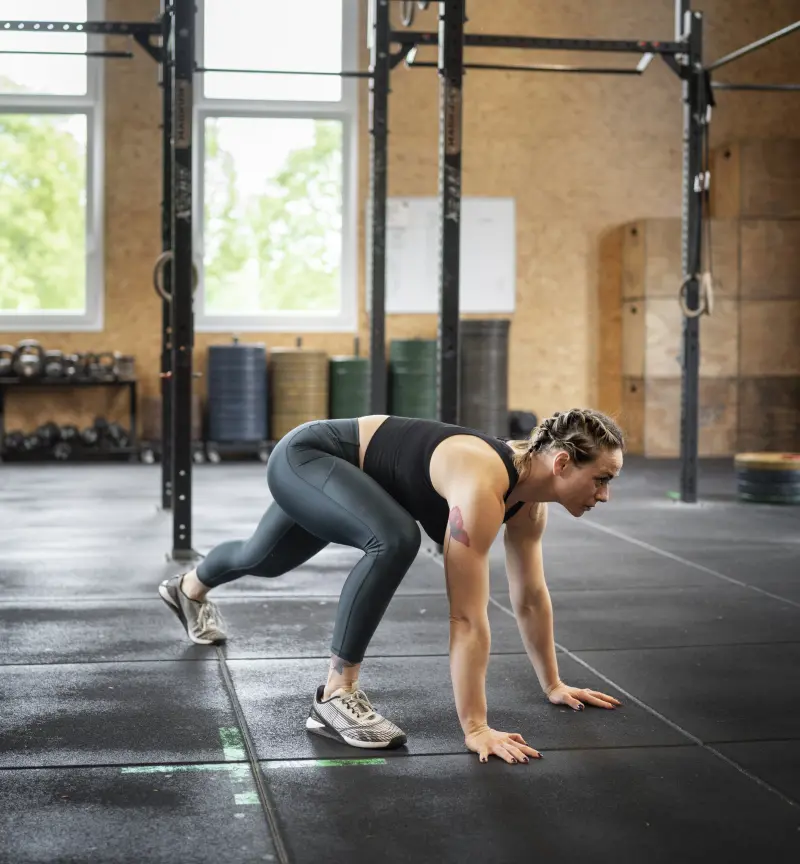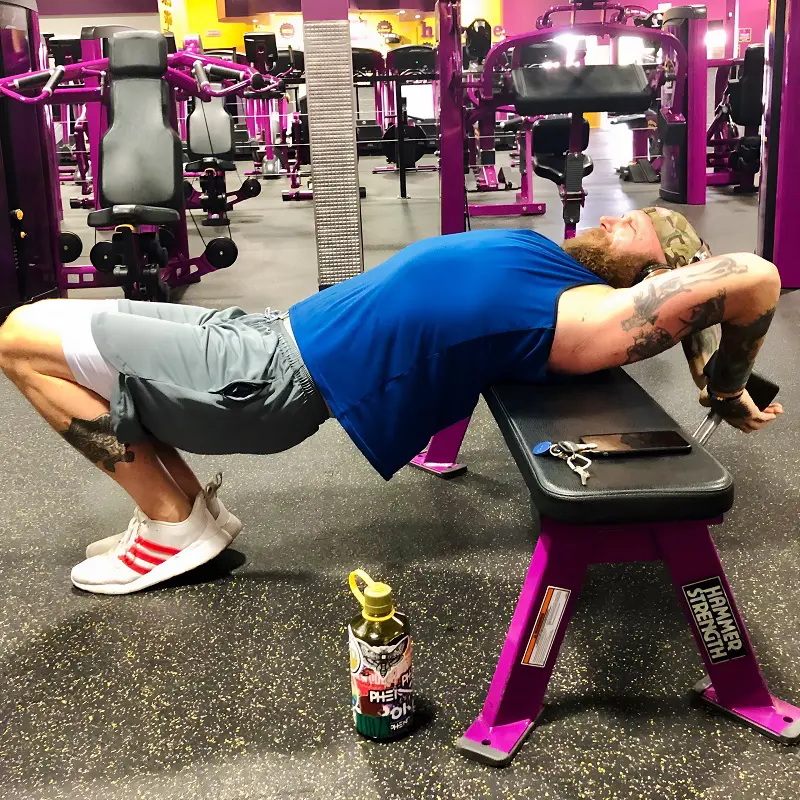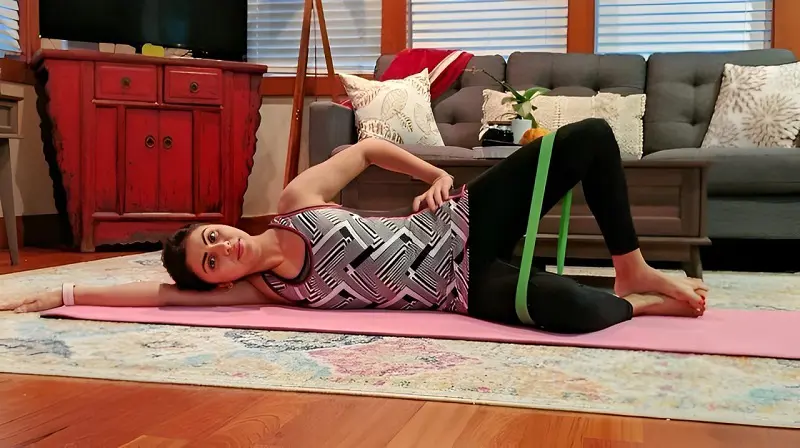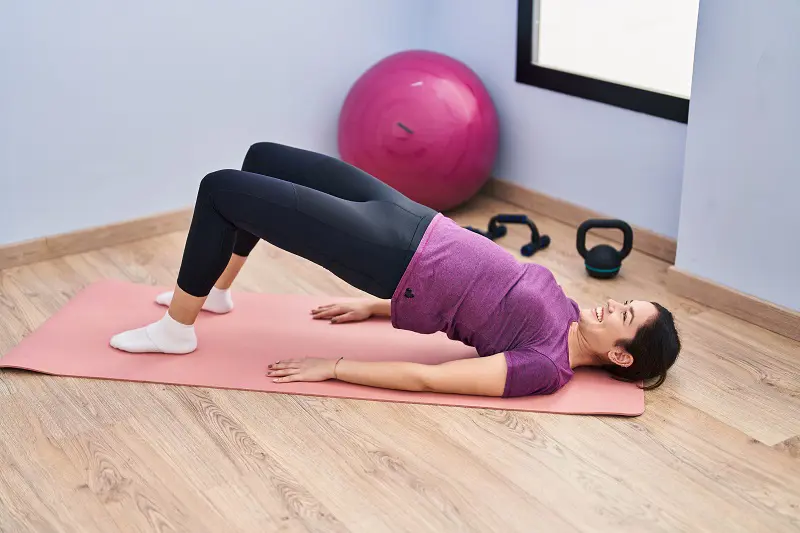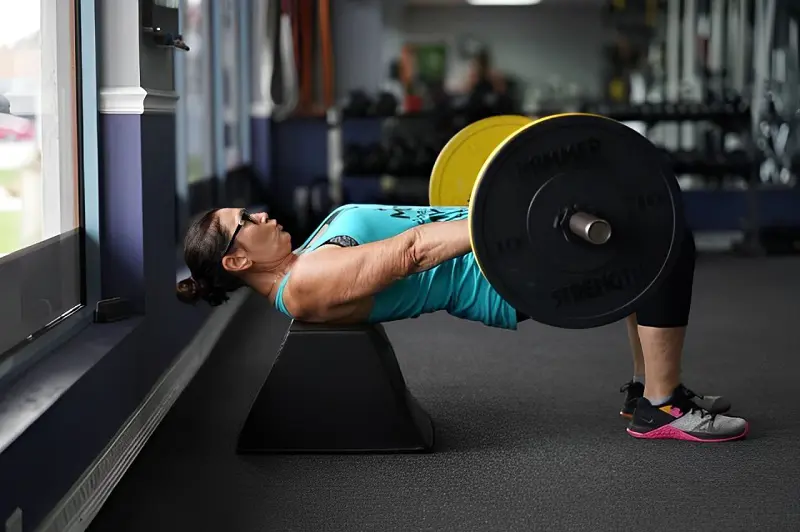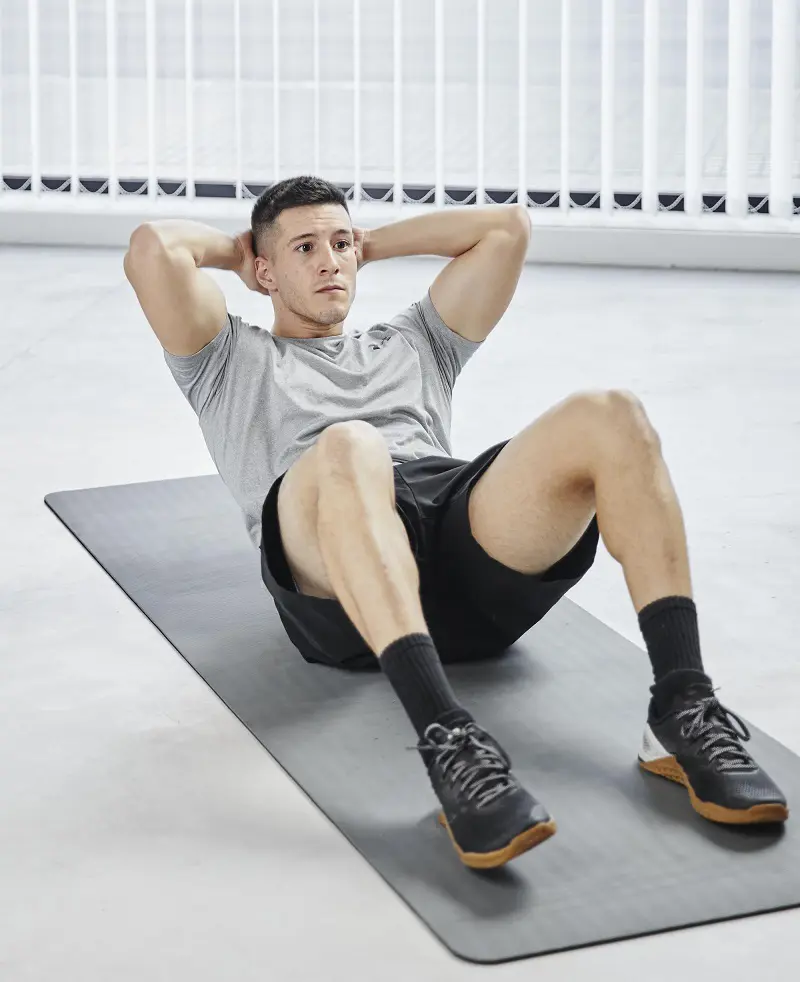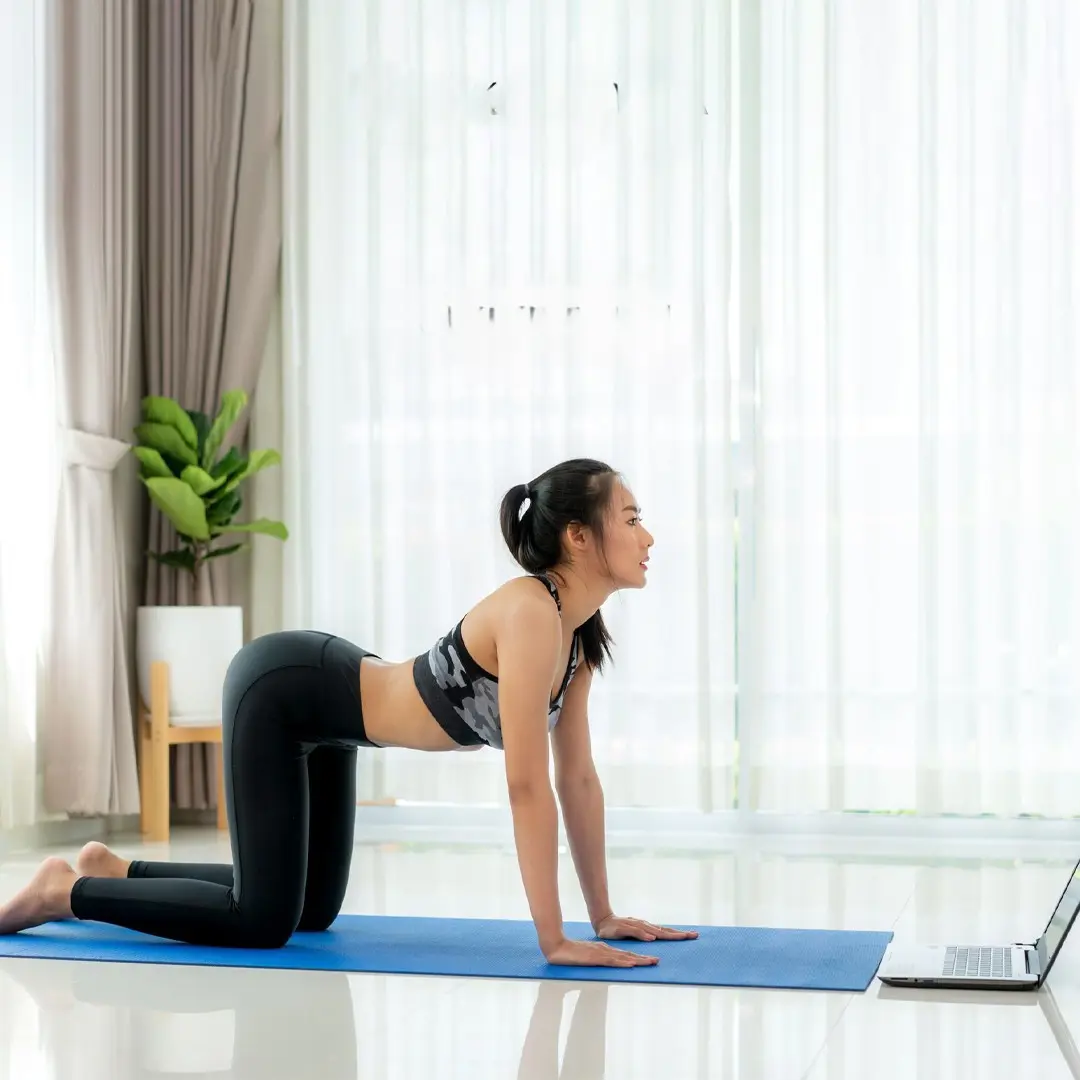How To Do A Proper Sit Up? Benefits, Techniques And Types
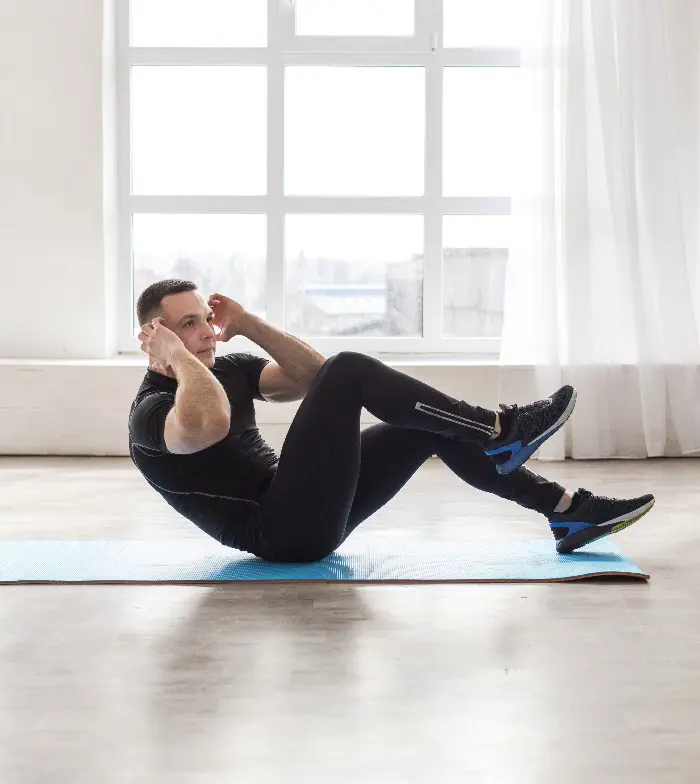
Do you want to get that awesome six-pack abs? Sit-ups can be a classic way to start. However, you may get confused regarding what a sit-up is and how to do it properly. A proper form is needed to get the optimal results, not just crunching your abs and hoping for the best.
In this guide, let's break down the steps, benefits, and different types of sit-ups for you. It is crucial to understand sit-ups in detail before venturing to conduct them in your home or gym.
How To Do The Sit Up: Step-By-Step Guide
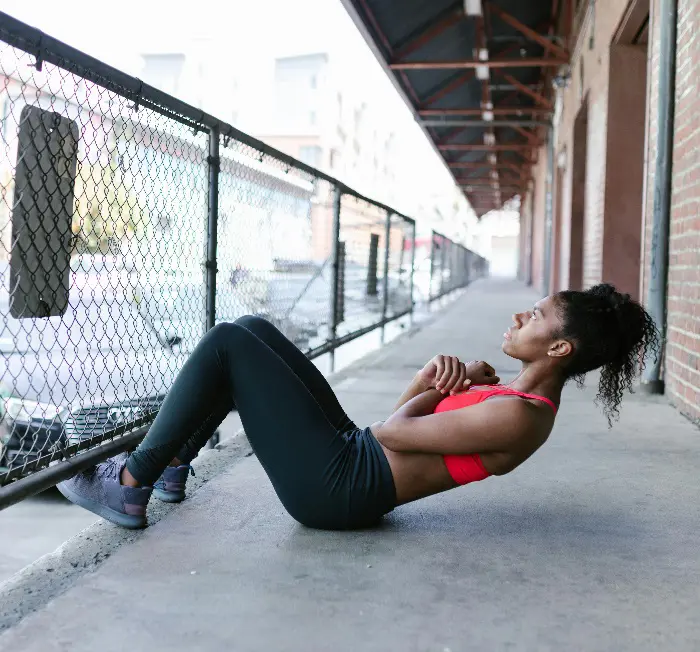
A sit-up is a classic core exercise that mainly targets the rectus abdominis and hits the obliques on the sides of your waist. The major goal of this workout is to strengthen your core, giving you better balance and stability. It also helps to achieve that toned look around your midsection.
You can easily perform them at home without any complex equipment. Just your trusty mat and willpower are needed to practice multiple reps.
Here is the step-by-step guide on how to do this exercise properly:
- Begin by lying flat on your back. Use a smooth mat to lie down with comfort. Both your home and gym are great for conducting this exercise.
- Then, bend your knees while lying down. Your hands can be placed behind your head or straight ahead. Likewise, you can also cross your arms over your chest.
- Compress that core like you're bracing for a punch. This action keeps everything stable and focused on your abs.
- Then it's time for the ultimate action. Lift your upper body towards your knees, like you're trying to give them a high five with your chest. Keep it smooth, no sudden moves.
- Remember to keep your chin slightly tucked. Likewise, don't yank your neck forward. Let those abs do the heavy lifting.
- Now, lower yourself back down slowly. Slow movements will keep those abs working even on the way down. Going down fast will only ruin the effectiveness of the sit up.
- Once you return to the starting position, you have completed rep no. 1. If you're just starting out, perform a small number of sit ups, focusing on form and quality.
What Muscles Do Sit-Ups Work?
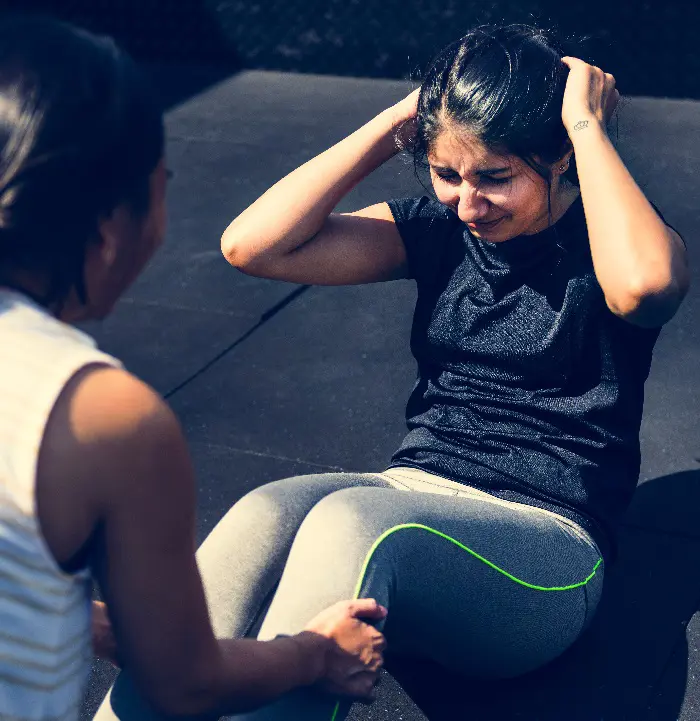
Since sit ups require a little power and strength to pull off properly, this workout targets multiple muscles in your body to provide an effective fitness treatment at home. While doing them, several muscles (from your core to hips) get engaged and warmed.
Here are some of the muscles that a sit up workout targets in your body:
1. Rectus Abdominis
Aka the six-pack muscle, the Rectus Abdominis is the star of the show when you're doing sit-ups. This muscle runs down the front of your belly, i.e. from your ribcage down to your pelvis. It's what gives you that chiseled look when it's toned up.
When you're practicing sit-ups, this muscle does most of the work, pulling your torso up off the ground. It's all about that flex and squeezes, helping you build strength and definition in your mid-section.
2. Hip Flexors
When you do a correct form of sit-up, hip flexors become your abs' sidekick. These muscles, sitting at the front of the hip, help pull your torso up towards your legs. Hence, they are super involved when you're doing that lift-off part of the sit-up.
However, it's important to maintain a balance. For instance, if your abs aren't pulling their weight, your hip flexors might take over. This can eventually lead to lower back stress.
3. Transverse Abdominis
The transverse abdominis is your body's natural corset. It's that deep core muscle that wraps around your midsection, holding everything tight and in place.
This muscle helps stabilize your spine and keeps your posture on track. So, when you're crushing those sit-ups, you are not just sculpting your abs, you're also tightening up those deep core muscles.
4. Obliques
Your obliques are the side muscles in your torso. When you perform sit-ups, they get some action too, especially if you are adding a twist to the mix.
Obliques are the muscles that help you with twisting, turning, and side-bending. Hence, if you want that fantastic V-cut look, a sit-up can be your go-to answer.
How Many Sit Ups A Day?
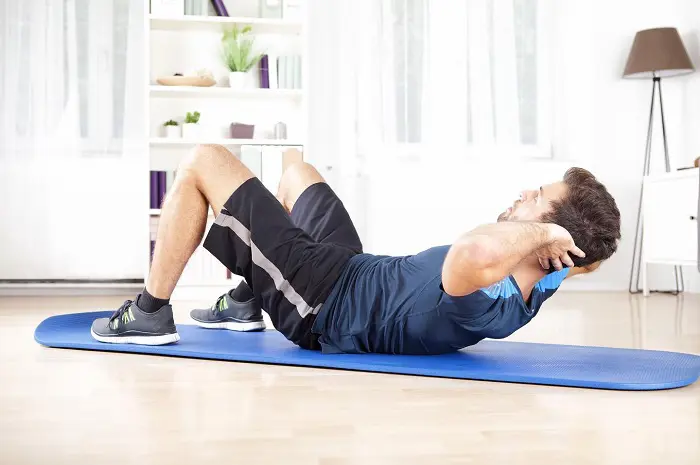
Once you grasp the details of how to do a situp, you need to understand how many reps and sets to do for an effective workout. People who desire a six-pack abs must perform this exercise regularly along with other core stretches.
When you get used to the sit-up's correct form, you can establish a specific rule for a periodic workout. Consistent reps and sets should be formed to exercise properly. In general, you can practice 4 sets of 12 to 15 reps every day for the best results.
If you're a seasoned fitness pro, then you could go for 50 to 100 reps a day. However, it's important to note that sit-ups alone won't give you a six-pack, i.e. you gotta mix it up with cardio and a solid diet.
When To Do A Sit Up?
There is no definitive answer for the best time to do a sit-up. You're not going to get extra muscle mass or increased core strength by just doing sit-ups in the morning hours or evening.
For many, morning time works great because it kickstarts your day and boosts your energy. Just ensure you're not trying to squeeze in a workout right before bed since it can mess with your sleep.
Sit Up Variations
Although the traditional sit-up is more popular in the fitness world, it can become monotonous for people over time. To address this issue, many variations of this workout have been formed today. Each variant brings an extra flavor to your workout session.
Here are some of the well-known variations of the Sit Up exercise:
1. Butterfly Sit-Up
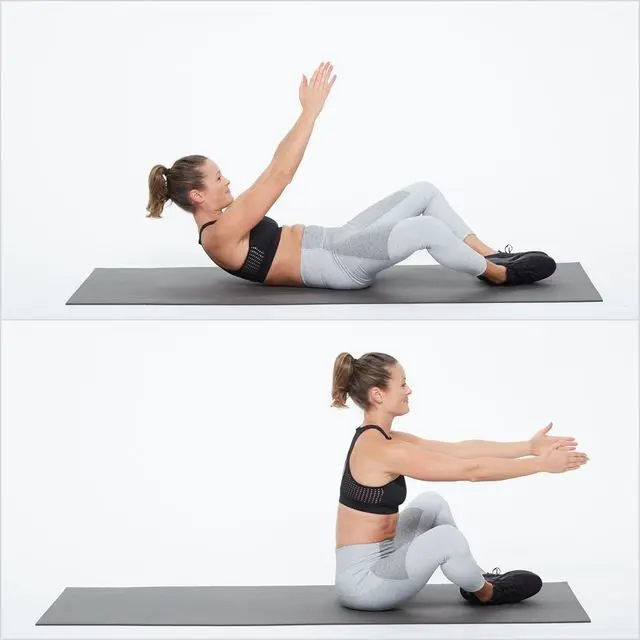
Butterfly Sit-Ups are a fun twist on the classic sit-up. Instead of keeping your feet flat on the floor, you will bring the soles of your feet together and let your knees drop out to the sides, like a butterfly pose.
One of the best way to do sit up, Butterfly Sit-Ups target your core and engage those hip flexors for a quality workout. Likewise, it also adds a stretch to the groin area. It can be a challenging stretch, especially for those who haven't tried it often.
2. V-Sit Crunch
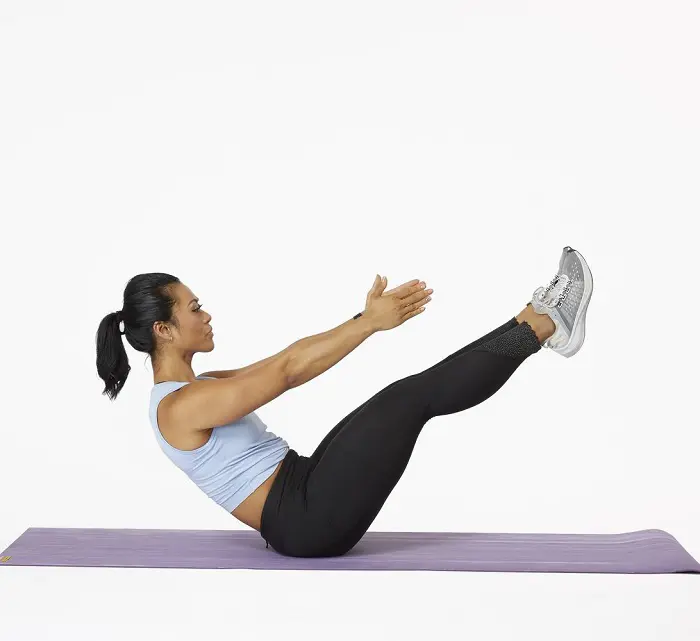
Another famous variant of the traditional sit-up, the V-Sit Crunch adds some extra flair to your routine. In this workout, you'll not only lift your upper body, but you'll also raise your legs to create a V shape with your body.
V-Sit Crunch kicks up the intensity and hits your abs harder, particularly the lower ones. To rock this exercise, begin by sitting on the floor, lean back slightly, and lift your legs to form a V. It's a killer way to up your core game, offering you a deeper burn.
3. Weighted Sit-Up
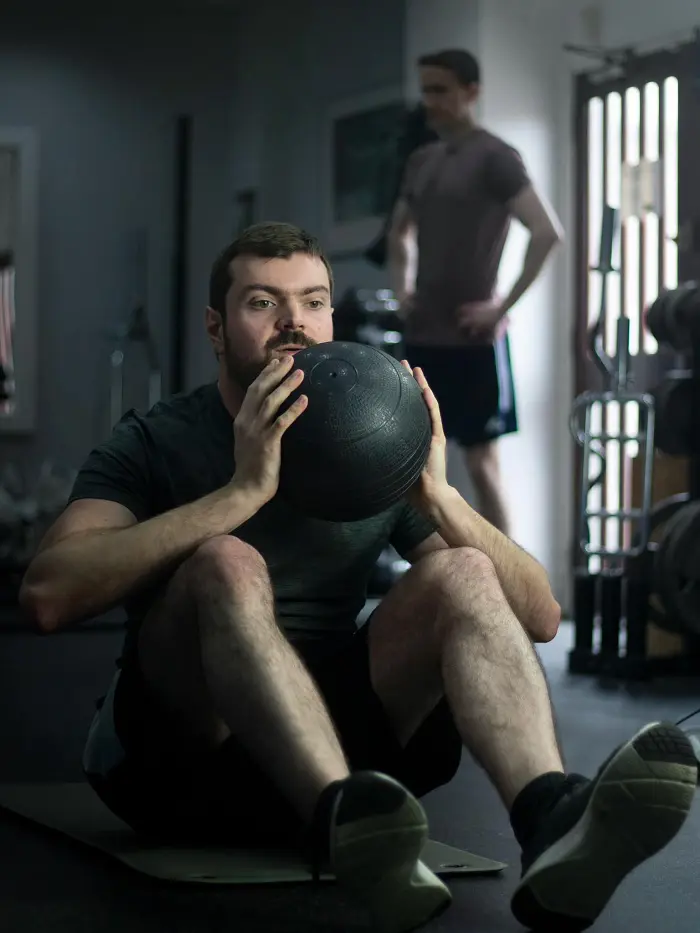
Do you want to add some extra resistance to your classic sit-up? A weighted sit-up can be your perfect answer. Here, you're not just using your body weight, you're also holding a weight (like a dumbbell or a medicine ball) while you crunch up.
To do this variant, grab a weight and hold it close to your chest or extend it above your head. Then, perform a sit-up as usual, i.e. crunch up and lower back down. If you're just starting out, it is vital to use a lighter weight to avoid overstressing your arm muscles.
4. Bicycle Crunch
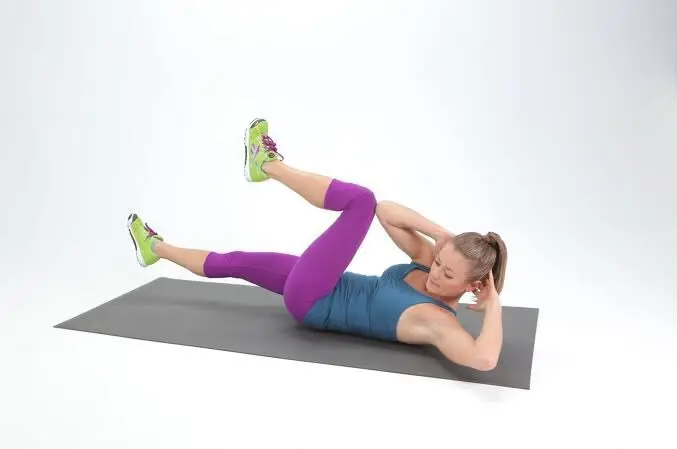
The bicycle crunch is another fantastic twist on the classic version. This variant ramps up the engagement for your obliques, those side abs, and the rectus abdominis.
In this variant, you'll bring one knee up while twisting your torso to meet it with the opposite elbow. Hence, this workout looks kinda like pedaling a bike while crunching. You can alternate legs and keep the motion smooth and controlled.
5. Jack Knives

A cool cousin of the traditional sit-up, Jack Knives makes you crunch up while bringing your legs and upper body together in one smooth move. This will kick up the intensity and target your core even harder.
It feels like you're trying to fold yourself in half. This stretch really gets into your abs and engages your hip flexors, giving your core a serious workout. Jack Knives increases the sit-up challenge and adds some flair to your routine.
Sit Ups Benefits
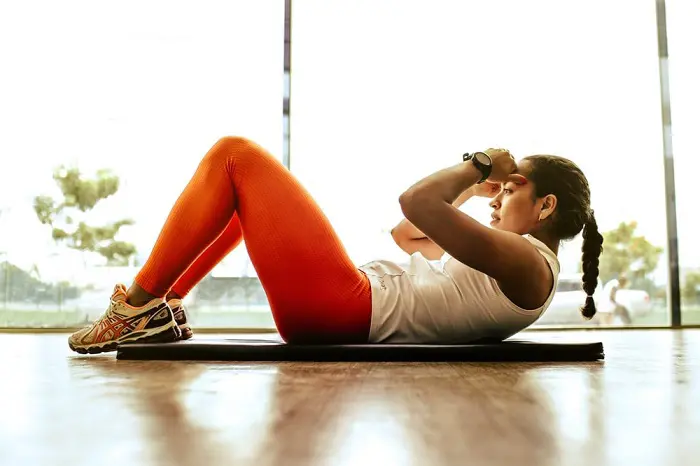
Although sit-ups can be a challenging stretch for newcomers, it's an effective exercise that works your upper body. Once you practice proper sit-ups daily, you can witness various health benefits. Here are some of them:
1. More Muscle Mass
One of the cool perks of doing sit-ups regularly is to see some serious muscle gains in your core. When you're cranking out those reps, you're not just burning calories, you're building up your abs, obliques, and hip flexors.
When you practice them with a good diet, sit ups can help you decrease the body fat in the stomach area. This results in thicker, stronger muscles that can make your abs look more defined. Hence, keep your core solid and sculpted by doing sit ups every day.
2. Increased Core Strength
When you're doing those sit-ups, you're leveling up your core strength. Your abs, lower back, and even your hip flexors get a solid workout, making them tougher and more stable. This means better balance and control in everything you do, from lifting weights to just sitting at your desk.
So, do this workout consistently to notice your core feeling rock-solid. Sit Ups help you crush other stretches and everyday moves with ease.
3. Promotes Spinal Health
Doing sit-ups is a win for your spinal health. When you crank out sit-ups regularly, you're helping strengthen your core muscles, which gives your spine extra support.
This support helps keep your spine in check and reduces the risk of back pain. With a strong spine, you can conduct various activities smoothly without touching your back frequently.
4. Improves Posture
A strong core helps keep you upright and balanced during the day. It reduces slouching and that dreaded hunchback look. Instead of feeling like a human question mark, you'll stand tall and proud. So, practice Sit Ups if you face a posture issue.
5. Promotes Weight Loss
When you perform the needed reps and sets daily, you're burning calories with this exercise. This is key for staying on top of your weight game. Although it's not a full-on fat burner, it still contributes to your overall calorie burn and helps build muscle.
6. Strengthens Diaphragm Breathing
Sit-ups don't just pump up your abs; they also give your diaphragm a superb workout. When you're doing this exercise, you're forcing air in and out more actively, which trains your diaphragm to work more efficiently. Hence, a sit-up can improve your breathing patterns.
7. Enhanced Flexibility
As you perform sit-ups, you're working through a full range of motion, which helps stretch and lengthen your core muscles.
This increased movement aids your spine to stay limber and your torso becomes more flexible. You'll notice that you can twist and bend way more smoothly over time.
Common Mistakes To Avoid
One of the major mistakes that you can make while doing the sit-ups is not following the proper techniques and form. This can yield disastrous consequences, from muscle strain to bleeding.
Likewise, there are also other mistakes you need to avoid while practicing sit-ups. Here are some of them:
1. Yanking Your Neck
Yanking your neck is a big no-no when doing sit-ups. Some people may pull on their neck or use it to lift their head, which can lead to muscle strain and even pain.
Keep your chin slightly tucked and let your abs do the heavy lifting. It's all about making sure your core is engaged and working hard, not your neck.
2. Flopping Down
If you drop back to the ground after a sit-up like a ragdoll, you're reducing the effectiveness of the sit-up. Do not let gravity take control of your upper body when you're going down.
Instead of gravity, you should lower yourself slowly and steadily, keeping your core engaged. Your abs will thank you, and you'll receive a better workout.
3. Not Warming Up
Skipping the warm-up before diving into sit-ups is like jumping into a pool without checking if it's deep enough. Your muscles need to be warmed up and ready to go in order to prevent injury and get the most out of your workout.
A quick warm-up like running, jumping, and jogging is enough. So, don't be lazy and perform warm-ups for at least 5-10 minutes.
Recent posts
How To
How To
How To Do Burpee Properly For Beginners At Home
Burpee is a combination of two-part exercise, pushups followed by a leap in the air and squats. It is a challenging exercise that works many of the major muscle groups in your body. Doing multiple reps of this exercise back-to-back could be quite exh...
How To
How To Get Rid Of Neck Hump With Exercises At Home
A neck hump is a curved appearance in the back of our neck that may lead to an unflattering look and discomfort. Also known as Dowager’s Hump or Kyphosis, this condition is often caused by poor posture, aging, or weight gain. Fixing it could ta...
How To
A Guide On How To Do Dumbbell Pullover Exercise Properly
A dumbbell pullover is a well-known strengthening exercise loved by bodybuilders for working the chest and back. It also builds your lats and triceps, making them an ideal addition to your strength workout routine. When you are in your first attempt,...
How To
How To Do Clamshell Exercise Properly For Strong Lower Body
Strengthen your glutes, core, and legs with the clamshell workout. Practicing it consistently can offer lots of benefits, from reducing back pain to improving balance. While it might seem confusing for a newcomer, this exercise is quite simple - lie ...
How To
How To Do Glute Bridge Exercise Correctly For Beginners
Glute bridge is a fantastic exercise that targets the glutes, core, and hamstrings. People practice it to strengthen their glutes, improve core stability, and even reduce back pain. To truly reap these benefits, though, we have to perform it correctl...
How To
How To Do Hip Thrusts: Methods, Benefits And Types
The hip thrust is a great bodyweight move for building strong glutes and a solid core. Also called the hip thruster, it’s great for improving posture and easing lower back pain. To get the most out of it, nailing the form is key. Everything fro...
